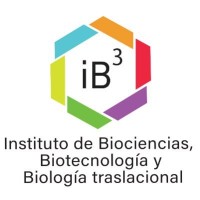Laboratory conditions are the usual approach to unveil the neurobiological basis of memories. The fly Drosophila melanogaster is not an exception and the olfactory memory associated with an electric shock is the paradigmatic example. On the contrary, our laboratory developed a set up to study the process of learning and memory in D. melanogaster under semi natural conditions: the memory of the successful strategies to survive to a natural predator, the spider Menemerus semilimbatus. A simple experimental device enables us to measure whether flies learnt to avoid contact with the spider or not. The focus is to investigate learning and fear memory in Drosophila generated in a predatory environment at the systemic, cellular, synaptic and molecular levels, and to compare it with the characterized olfactory memory associated with electric shock. Here we expose our strategy to evaluate our central hypothesis: learning tasks that requires the integration of multiple sensory modalities in a changing environment will recruit neural and computational processing to resolve the ambiguity that is going to be different from the one that recruits the memory of contingency between the smell and the electric shock. Specifically, we’ll compare which neuronal groups are recruited in the formation of fear memory. Then, we’ll evaluate which signalling cascade participates in the synaptic plasticity. To finally compare the results obtained with those of aversive memory due to electric shock.
P#128
Review of fear memory in Drosophila melanogaster: similarities and differences between electric shock and a predatory environment.
María Eugenia Samman
- Intendente Güiraldes 2160, Ciudad Universitaria, Facultad de Ciencias Exactas y Naturales, Universidad de Buenos Aires, Argentina,
- Argentina
- María Eugenia Samman ¹𝄒²
- , Lia Frenkel ¹𝄒³
- , Ramiro Freudenthal ¹𝄒²
- 1 iB3 | Instituto de Biociencias, Biotecnología y Biología traslacional- Facultad de Ciencias Exactas y Naturales- Universidad de Buenos Aires
- 2 Instituto de Fisiología y Biología Molecular y Neurociencias (IFIBYNE)- CONICET
- 3 Fundación Instituto Leloir- Instituto de Investigaciones Bioquímicas de Buenos Aires (IIBBA)- CONICET

